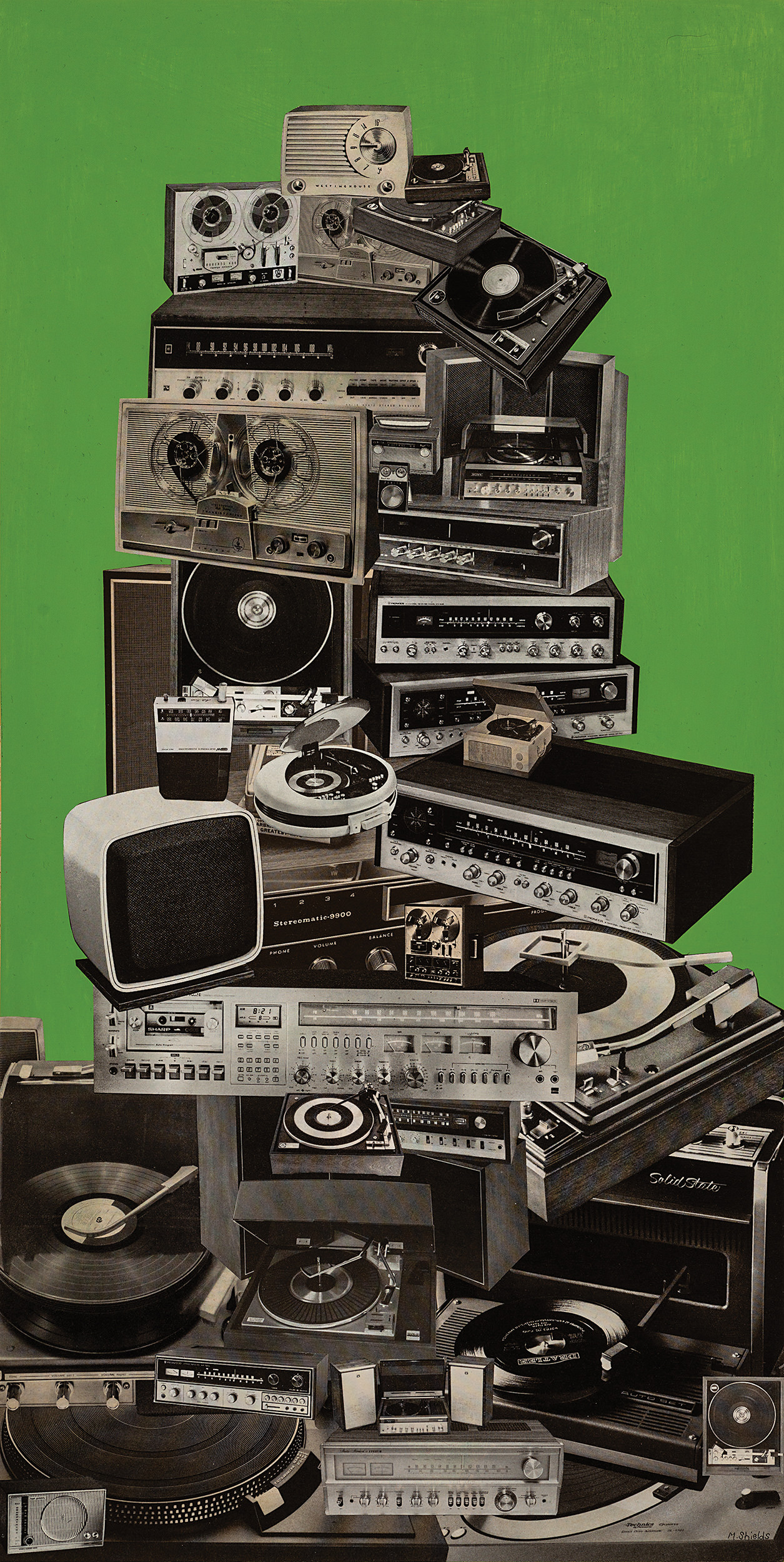There seems to be an endless number of stompbox companies out there, but a good portion of them are only offering their take on classic circuits. Strymon is a rare exception to this, and has released more than one modern classic at this point. While amp modeling is hardly new and has already been available in pedal form (typical of Strymon to improve on what's already been done), they have perfected this technology with the Iridium by offering plenty of choices without the burden that often comes with too many options. Nothing more than a one-time, cursory glance at the manual is necessary, and menu diving will never be part of the deal. The Iridium is not in a case that looks like a giant lima bean, and it doesn't have 213 knobs and switches or an LED screen. It's just an intuitive layout, in the instantly recognizable clean Strymon form factor.
The idea was simple: create a single stompbox that offers shockingly realistic amp modeling choices; a godsend for musicians who do fly-in gigs and are looking for consistency. Plenty of other reviewers will be tackling that, which is why I'll be focusing on how this box can be of great help in the studio.
The Iridium comes stock with emulations of what many recordists would consider the big three amps: a Fender Deluxe Reverb, a Vox AC30 "Top Boost", and a Marshall Plexi Super Lead 1959 – labeled on the front panel as Round, Chime, and Punch, respectively. A second three-way switch selects between three separate cabinet simulations for each amp for a total of nine combination choices. The Iridium's three-band EQ allows for additional fine-tuning. Strymon uses their own Matrix Modeling process to capture the individual characteristics of what makes each amp and speaker cabinet combination so unique. They're also well-known in the guitar world for their reverb sound, so it's no surprise that the Room control, which allows the user to mimic various environments, is a nice addition. A Favorite switch allows for recall of one preset, and there's even a headphone jack that substitutes superbly for a practice amp.
As the owner of a small, one-room studio, I focus on getting a good drum take as a starting point for every session. DI'ing the bass means I'm usually only mic'ing the drums, as I usually run the scratch guitar direct as well. While DI'd bass is sometimes preferred sonically, the scratch DI guitar track often gets scrapped. It may get mixed in as a sizzly parallel track, or perhaps re-amped eventually, but I rarely use it as a foundational part of the final work. As an extreme effect, DI guitar, especially with a fuzz pedal in line, can be wild, fun, and brittle. But what if a more natural sound is desired? The idea behind Impulse Response technology, which presumably Iridium's name tips its hat to, is to simulate various cabinets, mics, mic placements, and rooms. Many recordists agree that recording as many instruments as possible live helps with the overall vibe of a basic track, and I found the Iridium to move the DI'd rhythm guitar into the same space as the bass. Track it with the drums, punch in to clean up some guitar clams/performance mistakes, and you're on to the next task. When used in this way, this pedal is absolutely a time saver.
The Iridium responds to other pedals the same way an amp does, so some gain before the Strymon's input can be a nice touch. Guitarists who run a delay before an overdriven amp will feel at home – any application that works with a guitar amp is on the table here. An organ patched through the Iridium with its Drive control turned up pushed me into Jon Lord/Deep Purple territory. With this pedal, I also heated up some vocals without blowing them out entirely. Amp plug-ins leave me cold and unimpressed, so I use them for anything but guitar. To my ear, the Iridium did a much better job than a plug-in on every source. Conveniently, if you do want to use it with your re-amping kit, the Iridium takes line level, so run your drum bus through it!
If the stock cabinet emulations that come loaded in the Iridium aren't what you're looking for, simply connect the pedal to your computer with a USB cable, open the Strymon's Impulse Manager software, and swap the impulse responses out for some others. Tonal control is expanded with traditional Bass, Mid, and Treble adjustments and, since the Iridium is stereo, you can even choose different cabinets for left and right sides. In the end, this pedal can be as simple or deep as you would want: Those of us who consider nine easily accessible choices to be just the right amount of variety will enjoy the fact that the Iridium's front panel isn't overcrowded with too many navigation controls that get in the way of us working fast. Alternatively, deep divers can connect the pedal to a MIDI device to access up to 300 preset locations – plus you can even load your own impulse responses!
Nothing beats a classic amp paired with a favorite mic, but the flip side of that is, not only do you need to own the mics and amps, the time factor of troubleshooting, tracking down the source of the hum, and maintenance is eliminated when the Iridium is employed. Switching between simulated amp and cabinet models is quick and easy. For those of us that work with bands on tight budgets and time restraints, tools like this are incredibly valuable. It's an excellent option for a small studio like mine or a guitarist who likes to take the project home to record their parts at their own pace while keeping the neighbors happy.




_disp_horizontal_bw.jpg)